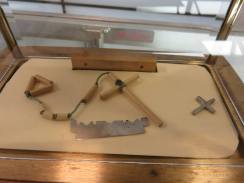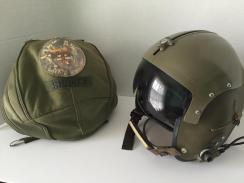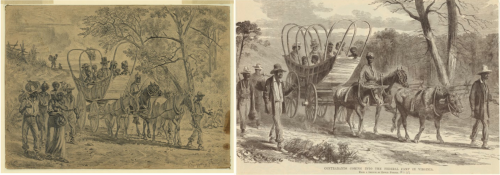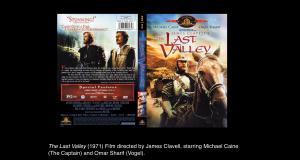Doctor Who is one of the greatest shows to have ever been televised on television. It’s jam packed with action, drama, and suspense mixed in with some great writing, characters, and story plots. It’s one of the longest running series in the UK. It has been on the air since 1963 and one of my all time favorite episode of the series is the Doctor Who 50th Anniversary episode.
The Doctor is the main character of the show and he is hails from an alien race called the Timelords. They have 12 lives, have 2 hearts, and live for over thousands of years. Each time the Doctor dies he regenerates with a new face and a new body. In the 50th Anniversary special episode we meet The Doctor in one of his past lives that we didn’t know about. In this particular part of his life he didn’t call himself The Doctor. The Doctor symbolizes hope, protection, and love but he’s been keeping a dark secret all this time. He was keeping one of his past lives a secret and that is what the 50th Anniversary explores.
A very long time ago The Doctor was part of the Time Wars. It was great war that was waged over all of time and space. The Timelords and their arch enemy the Daleks fought and created much suffering and pain for all unfortunate enough to be sucked in to their holy war. The Doctor in a life when we wasn’t called The Doctor was faced with a decision a decision that his previous lives and future lives didn’t look kindly upon.
Every time The Doctor dies a new Doctor takes his place. He is essentially “reborn” but with a different face, different body, different personality, but with the same memories. What’s peculiar is that The Doctors that came after the “War Doctor” chose to forget about him. He committed a huge atrocity that resulted with his entire species being wiped out. He wanted to stop the war that was causing so much suffering for everyone in the universe so he decided to push a button and eradicate the Daleks, his arch enemies and his people the Timelords at the same time.
This is what The Doctor said when he was explaining himself.
“I’ve had many faces, many lives. But I don’t admit to all of them. There’s one life I’ve tried very hard to forget. He was the Doctor who fought in the Time War and that was the day he did it. The day I did it. The day he killed them all. The last day of the Time War. The war to end all wars. Between my people and the Daleks. And in that battle there was a man with more blood on his hands than any other. A man who would commit a crime that would silence the universe. And that man was me.”
The Doctor was ashamed of his actions, he was filled with regret with his actions which at the time seemed perfectly reasonable to him. He was filled with so much anguish and pain noticing the suffering his people and the Daleks have cause because of the war…so he decided to end it. He decided to end the suffering that everyone was experiencing. He believed that ending the war this way was better than watching children suffer and watching the entire universe bleed because of his war.
The War Doctor:
“Time Lords of Gallifrey, Daleks of Skaro. I serve notice on you all. Too long I have stayed my hand. No more. Today you leave me no choice. Today this war will end. No more. No more.”
You can really feel the emotion behind his words. Even just reading it you can imagine that this man has been and see through so much. Anyway I wanted to leave you with a question. Can a man be forgiven for killing off an entire race because his reason for doing so was to end all suffering? Is sacrificing another life to end suffering justifiable?




